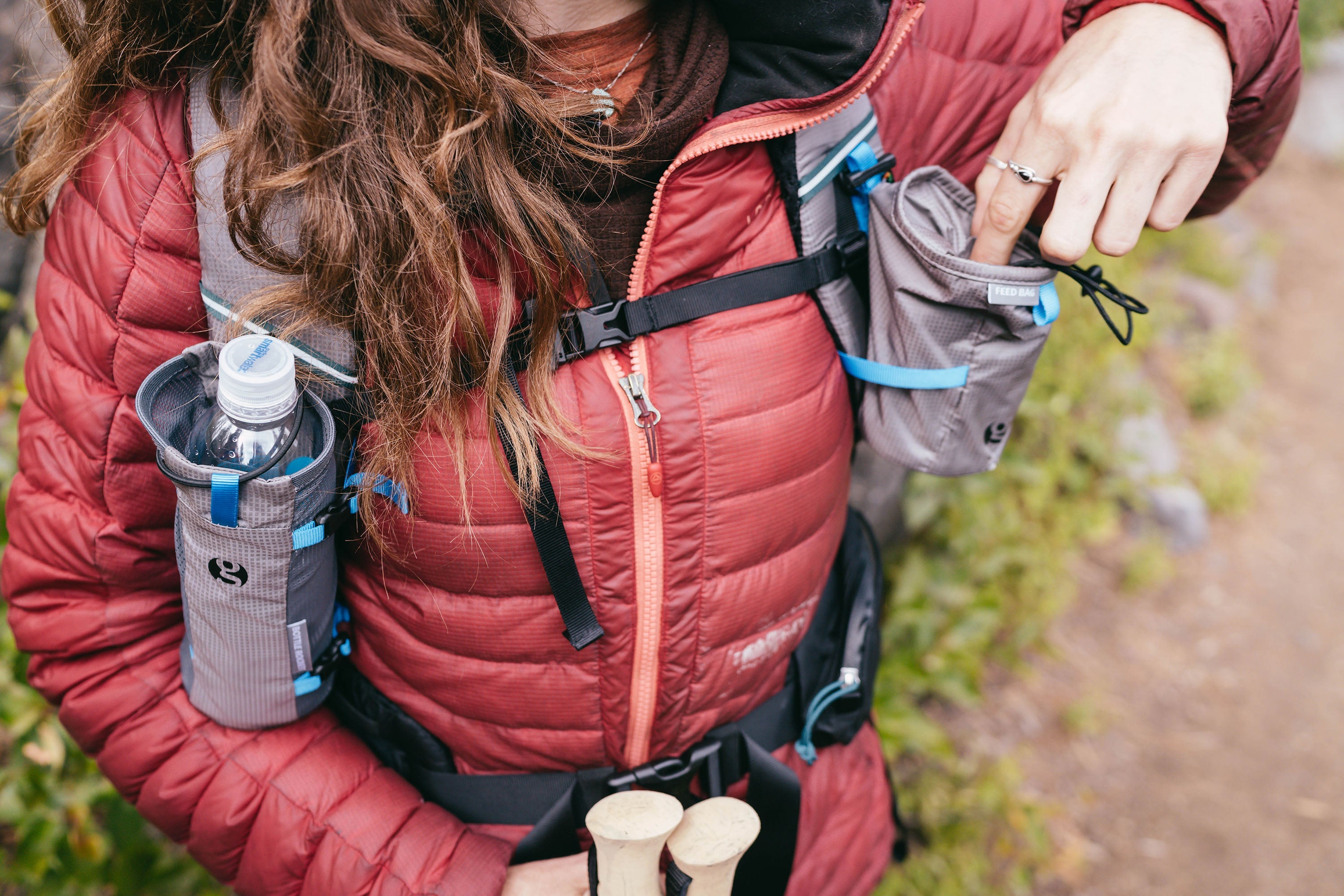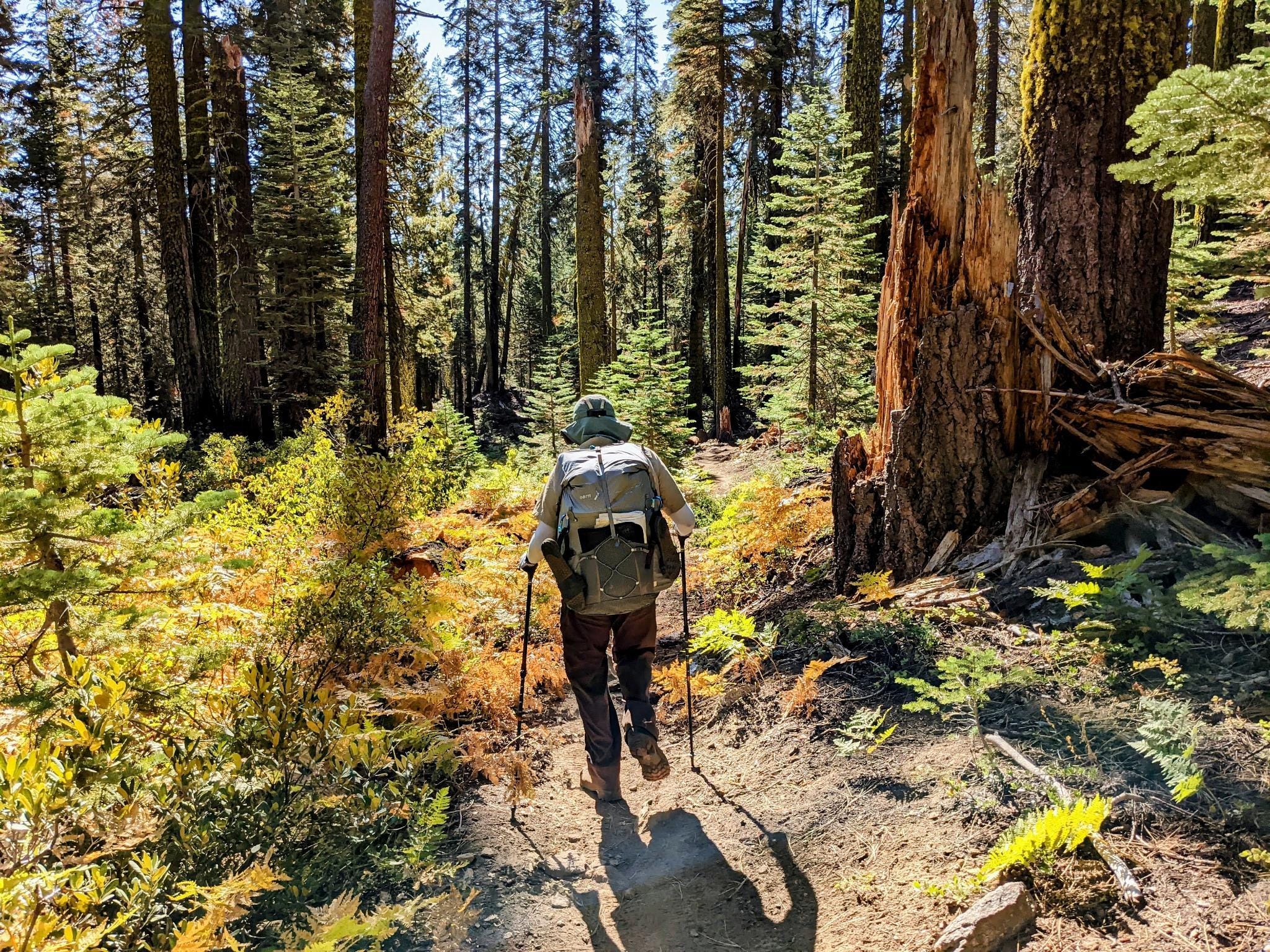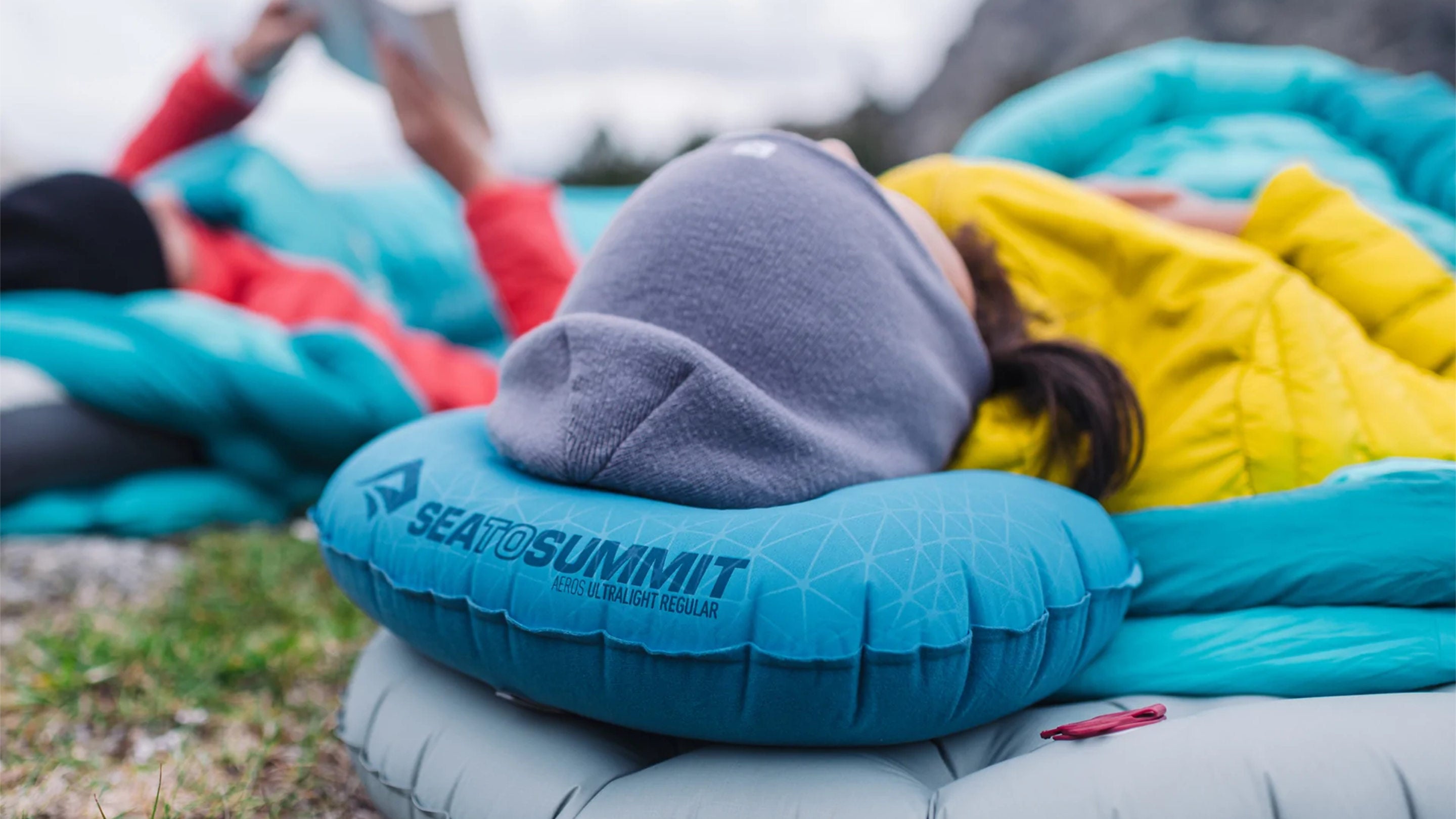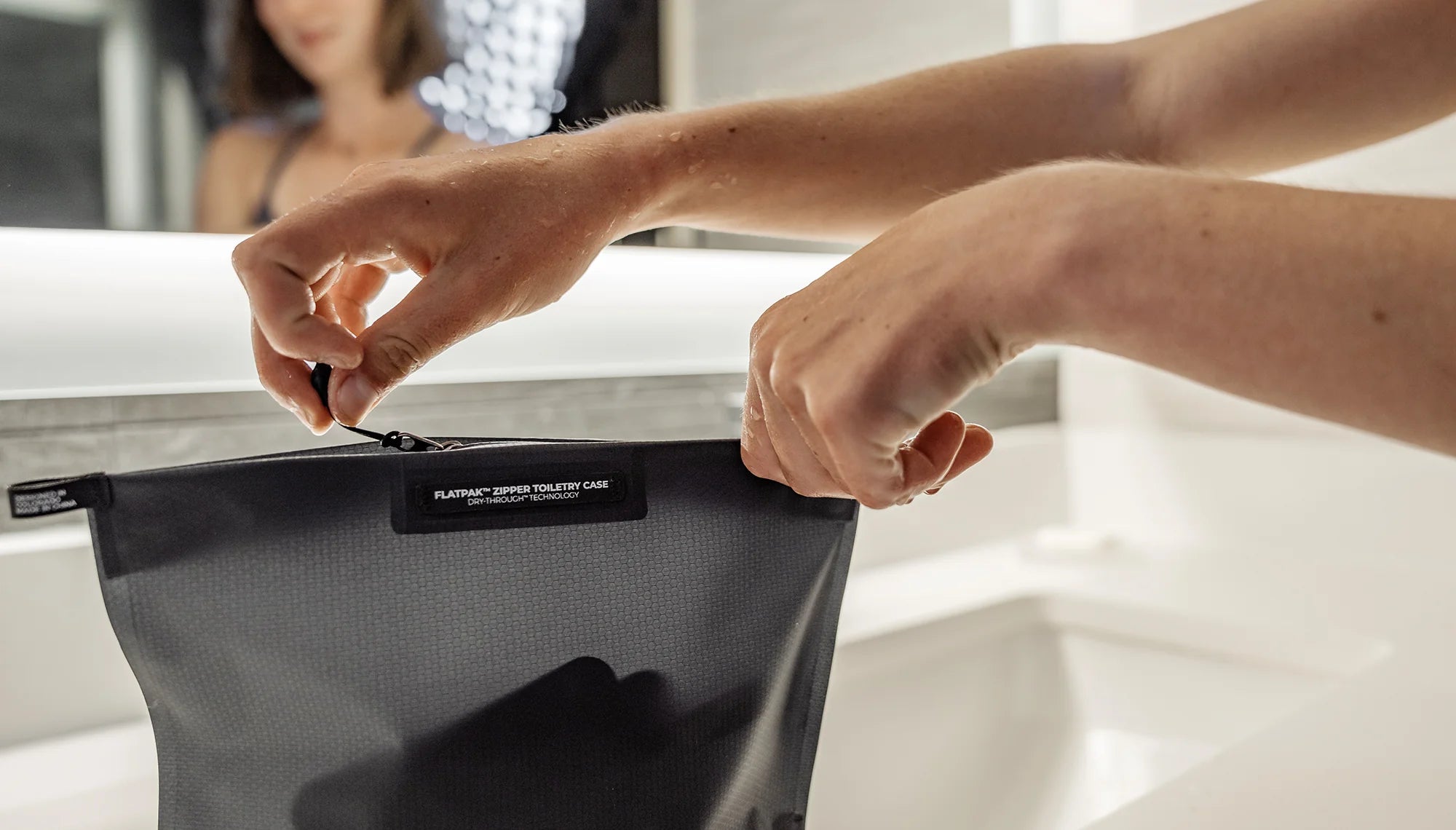Choosing a sleeping bag
Everyone knows the value of a good night’s sleep but why should we have to settle for less when enjoying the great outdoors? If you take the time to choose the right sleeping bag you won’t have too. You can get a good night’s sleep no matter what the climate. Sleeping bags are designed to provide adequate warmth throughout different ranges of temperatures. By picking the one that suits the climate you will be sleeping in you can ensure you will get a comfortable night’s sleep every time. Backpacking Light sells sleeping bags to suit climates from +10°C down to to -20°C. There are two different types of fill that can be found in sleeping bags: synthetic and down. Both of these fills have their distinct advantages.
Synthetic Fill
Synthetic sleeping bags are easy to wash and dry quickly compared to a down sleeping bag. They also tend to have a lower price. When compared to a down sleeping bag, they are bulkier and heavier. Synthetic sleeping bags are perfect for those on a budget, those who want to wash the bag regularly or those who will be using it in very wet conditions. If you are a strict vegan or allergic to down this filling is the right choice for you.

Down Fill
Down sleeping bags are filled with either duck or goose down and are generally lighter and more compact than synthetic bags. Sleeping bags filled with down typically have a serviceable life of around twice that of a synthetic bag. Generally a down bag is softer and more pleasant and will provide comfortable use in a wider range of conditions. Down sleeping bags are more complicated to clean and require a little more care. They are generally the more expensive option, but should be considered a long-term investment. Down sleeping bags are the best choice for those who need a high quality sleeping bag with the best warmth-to-weight ratio. Check out the details on Sea to Summit’s innovative Ultra-Dry down sleeping bags too.
Tips
- If you won’t be travelling into sub-freezing climates, it is often better value to buy a sleeping bag liner that will add extra warmth when needed, that way you won’t cook on those warmer nights.
- Use a sleeping bag liner to keep your bag dirt and sweat free.
- Store your sleeping bag in a large breathable cotton or mesh bag to allow its fill room to breathe so it lasts longer and insulates better. An old pillow-case is perfect.
- Use a compression sack to save space when packing your sleeping bag into your backpack.
















































